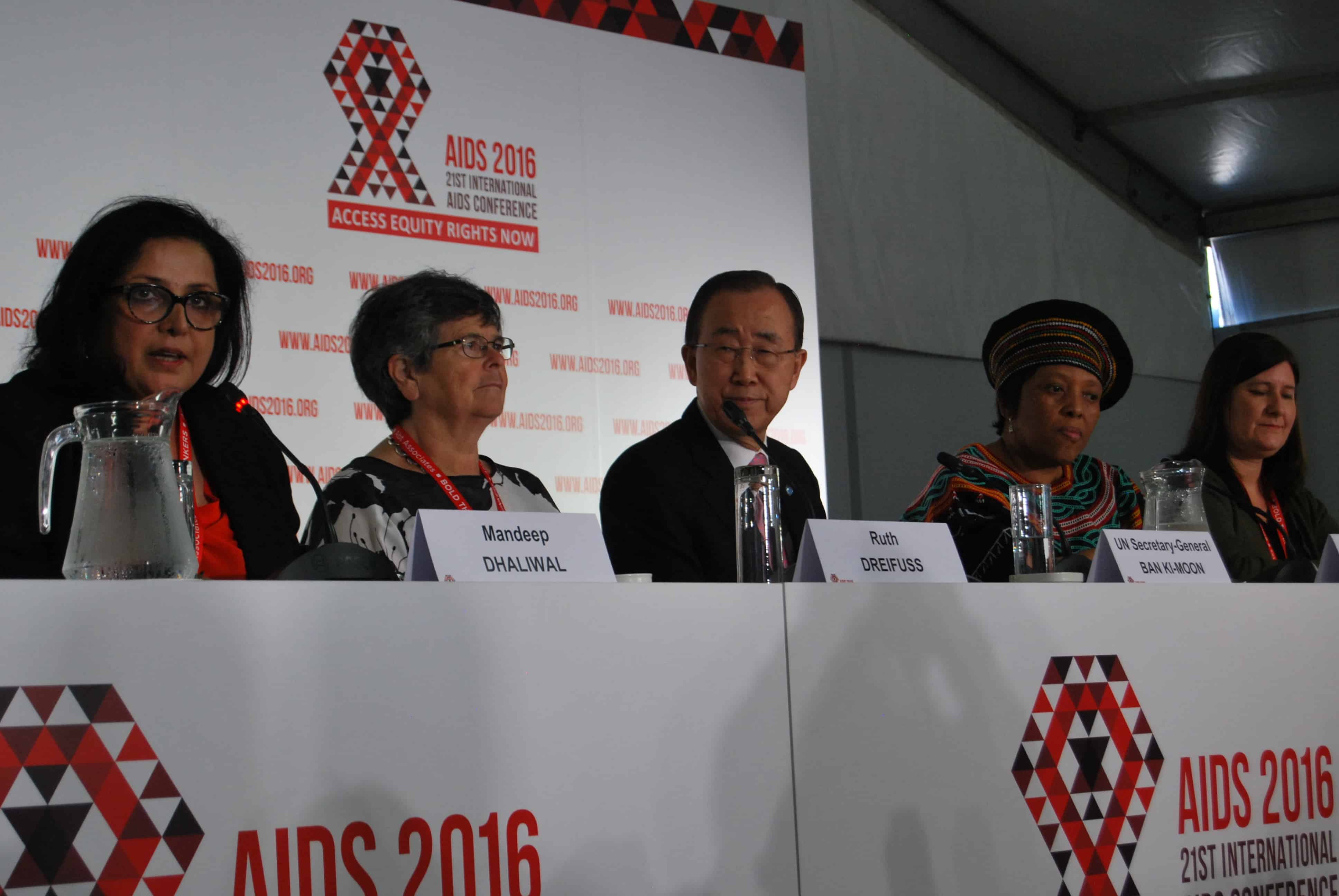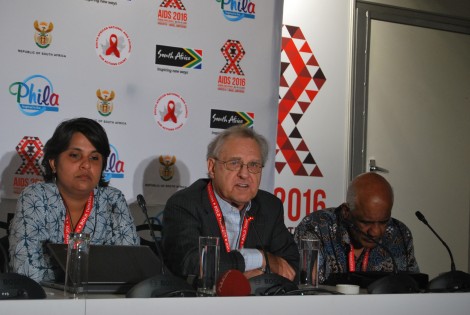[dropcap]T[/dropcap]he biennial International AIDS Conference, known as AIDS 2016, convened in Durban, South Africa from July 18–22, 2016. The conference’s events were centred around the theme of ‘Accessing Equity Rights Now.’ To bolster this message, the conference featured AIDS experts and activists, such as Bill Gates, Prince Harry, Charlize Theron, Elton John, and UN Secretary-General Ban Ki-Moon.
Canada’s role in the global fight against HIV did not go unnoticed. Canada was praised for its recent pledge to give $785 million to the Global Fund to Fight AIDS, Tuberculosis and Malaria. Notable Canadians at the conference included Federal Health Minister and HIV activist Jane Philpott, and Stephen Lewis of the NGO AIDS Free World and his eponymous HIV/AIDS foundation.
The conference focused on the need to protect the rights of “key populations,” an umbrella term for groups at higher risk of contracting HIV, such as LGBT individuals, injection drug users, and sex workers.
While Canada guarantees a right to healthcare for all its citizens, a number of countries that suffer from high rates of HIV infection do not promise or follow through on promises of the same. In some cases, governments criminalize the actions of these key population members.
In these countries, access to harm reduction services and HIV treatment is difficult to obtain. This leads to the exacerbation of the country’s HIV situation. For this reason, the conference resoundingly called for equitable healthcare rights as a major solution to slowing the HIV epidemic.
While rights are undoubtedly a necessity to eliminate HIV/AIDS, other key issues need to be addressed as well. The technology to prevent the proliferation of the HIV virus has existed for decades.
With the advent of antiretroviral therapy (ART) drugs in the mid-1990s, HIV became treatable. These drugs not only allow HIV-positive people to live long and full lives, but they also biologically reduce the likelihood of HIV being transmitted to others by reducing viral load in the bloodstream. Studies have shown that HIV-positive people taking ART as prescribed had a greatly reduced risk of transmitting the virus to their sexual partners.
If we have treatment that makes HIV harder to transmit, how is it that the HIV/AIDS epidemic is still a reality around the world today? Worldwide, access to these medicines remains an issue that stands in the way of eliminating HIV/AIDS. At AIDS 2016, this topic was discussed at two major press conferences.
The first featured Ban Ki-Moon, former Swiss President Ruth Dreifuss, and other members of the UN High Level Panel on Access to Medicines. While ART has been available for over 20 years, access to it has been limited by the high costs imposed by the pharmaceutical companies that hold their patents. While the panel advocated for countries to utilize flexibilities in international intellectual property agreements, the sad reality remains that millions are unable to afford these drugs.
At a later press conference convened by Stephen Lewis, the need for improving global access to generic versions of ART was stated loud and clear. Up until now, India has been a leader in producing more than 80 per cent of the world’s ART by volume thanks to the country’s resistance to international drug patent laws. For this reason, the Indian government continues to face immense international pressure.
Stephen Lewis unabashedly called out the parties he believes are in the way of the production of generic ART. “There is a conspiracy at work… formed between the Government of the United States, the Government of India, and the pharmaceutical industry. This is an effort… to have India subdue to the force of the United States in particular, in protecting the patents of the major drug companies and undermining the capacity of generics.”
Regardless of whether or not ART is accessible, the world still lacks a cure or vaccine for HIV. Possible long-term solutions discussed at the conference included gene editing as a preventative measure and stem cell transplantation as a possible cure.
The United Nations has set a goal to end the AIDS epidemic by 2030. While the goal is ambitious, it’s not impossible. With improved access to medicines, improved equity rights for key populations, and global support for HIV/AIDS programs and research, we may get there.



